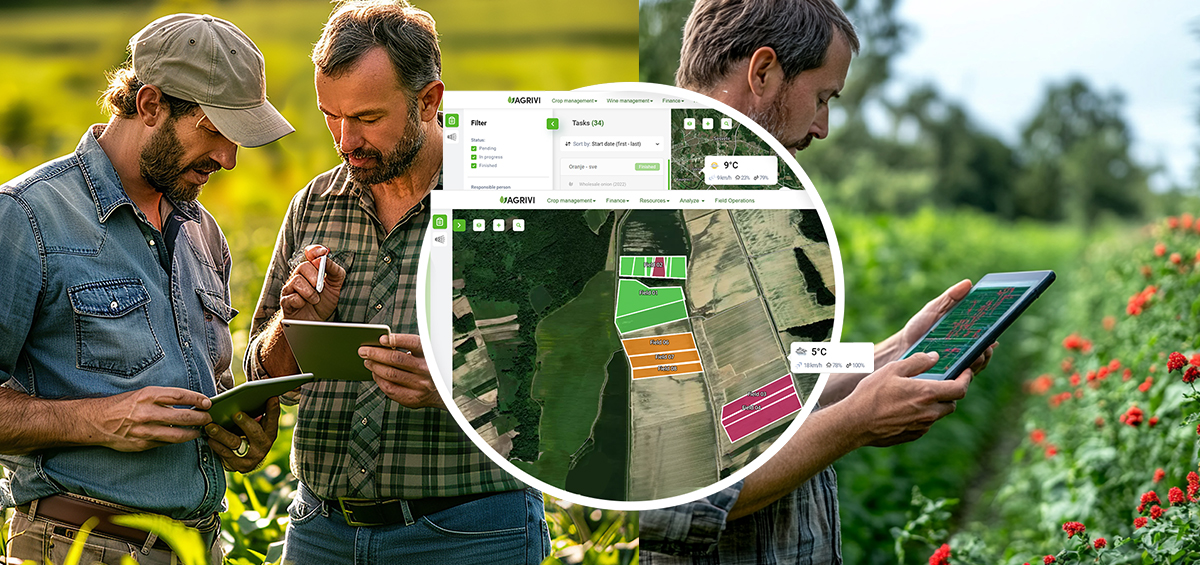Agriculture kept formerly nomadic people near their fields and led to the development of permanent villages. These became linked through trade. New economies were so successful in some areas that cities grew and civilizations developed. The earliest civilizations based on intensive agriculture arose near the Tigris and Euphrates Rivers in Mesopotamia (now Iraq and Iran) and along the Nile River in Egypt.
Improved technology
One of the earliest agricultural tools was the fire. Farmers cultivated small plots of land by hand, using axes to clear away trees and digging sticks to break up and till the soil. Over time, improved farming tools of bone, stone, bronze, and iron were developed. Early farmers also developed improved varieties of plants. For example, around 6000 BCE, a new variety of wheat arose in South Asia and Egypt. It was stronger than previous cereal grains; its hulls were easier to remove and it could be made into bread.
Many medieval European farmers used an open-field system of planting. One field would be planted in spring, another in autumn, and one would be left unplanted, or fallow. This system preserved nutrients in the soil, increasing crop production.
New agricultural inventions dramatically increased food production. One of the most important of these developments was an improved horse-drawn seed drill. Until that time, farmers sowed seeds by hand. Along with new machines, there were several important advances in farming methods.
Agricultural science
In the early 1900s, an average farmer in the U.S. produced enough food to feed a family of five. Many of today’s farmers can feed that family and a hundred other people. How did this great leap in productivity come about? It happened largely because of scientific advances and the development of new sources of power.
Tractors had replaced draft animals and steam-powered machinery. Farmers were using machines in almost every stage of cultivation and livestock management.
Farmers have used a variety of methods to protect their crops from pests and diseases. They have put herb-based poisons on crops, handpicked insects off plants, bred strong varieties of crops, and rotated crops to control insects. Farmers also relied on natural fertilizer—materials such as manure, wood ash, ground bones, fish or fish parts, and bird and bat waste called guano, to replenish or increase nutrients in the soil.
Fight against hunger
Experts believe that the hunger problem will be solved in two ways. First, citizens of all countries need to have the ability to grow or purchase their own food. Second, citizens of all countries need to have responsible diets and spending habits. Agricultural science will help countries adjust to healthier methods of food production. Scientists are developing new high-yield varieties of crops that require fewer fertilizers or pesticides. Such crops reduce the need for using costly chemicals and trade.
The challenges of feeding the hungry cannot be met unless the world’s land and water are safeguarded. Agricultural practices in developed and developing countries have led to a severe loss of valuable topsoil, water, and other resources. Overpopulation has pushed a growing number of farmers onto lands too fragile to sustain cultivation. Demand for food has led to increased irrigation worldwide. In some areas, irrigation has caused water tables to drop, rivers to run dry, and wells to go empty. Agricultural chemicals that increase production often contaminate soil and groundwater and disrupt food chains.
Agriculture does not have to harm the environment. By protecting the land, water, and air, and by sharing knowledge and resources, people may yet find solutions for the problem of world hunger.




